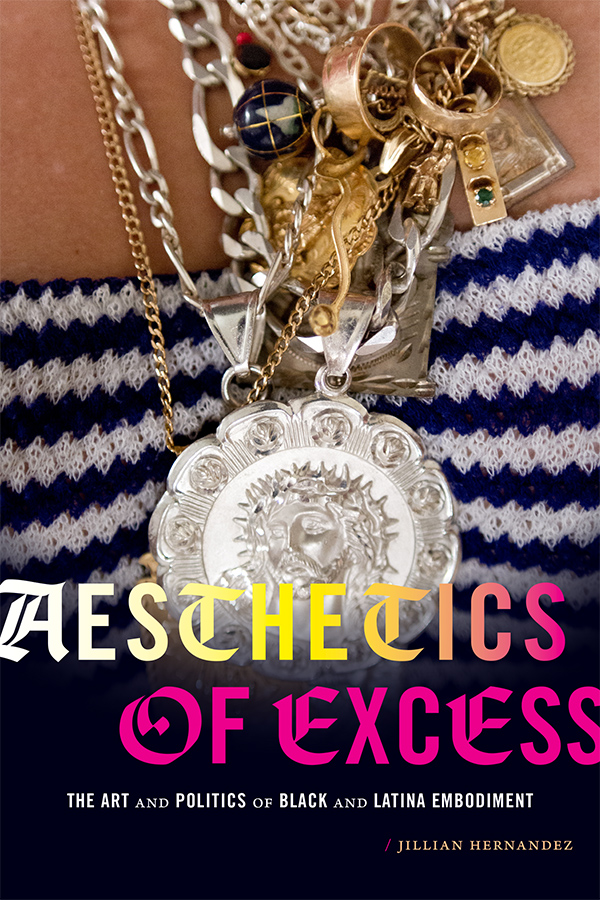The Aesthetics of Excess by Jillian Hernandez is a dazzling and provocative book that deploys the aesthetic as a category to grasp with great care the lives and representations of Black and Latina women whose performance of gender exceeds the white middle class norms of feminine comportment.
Keyword: popular
Review of Art as Revolt: Thinking Politics Through Immanent Aesthetics, edited by David Fancy and Hans Skott-Myhre (McGill-Queen’s University Press)
The entanglements of “the aesthetic” and the political-economic have long been addressed in the areas of philosophy, cultural studies, and media theory. In this edited volume, David Fancy and Hans Skott-Myhre have assembled a collection of essays aimed at examining a range of aesthetic approaches to political projects untethered to “capitalist assumptions,” while looking toward the possibilities of “post-capitalist futures.” Through their respective contributions, the authors offer their readers ways to envision the potential for running lines of flight away from capital’s apparatuses of capture by engaging in creative practice.
Not About White Workers: The Perils of Popular Ethnographic Narrative in the Time of Trump
This essay rasies three concerns about popular contemporary ethnographies that focus on the rural and white “working class.” First, these ethnographies are not treated as partial accounts of cultural experience but are instead taken as straightforward political and economic analyses. Second, these ethnographies amplify an “empathy mandate,” which demands that our political actions center on trying to understand misunderstood populations—in this case, the so-called “white working class.” Third, by disarticulating the cultural markers of “working classness” from the material conditions of class, these ethnographies obscure the political significance of “working class.” Ethnographies of “white working class” experience may be useful only if we treat them as small openings that lead to bigger and broader stories, rather than as complete and transparent explanations of what is going on.


